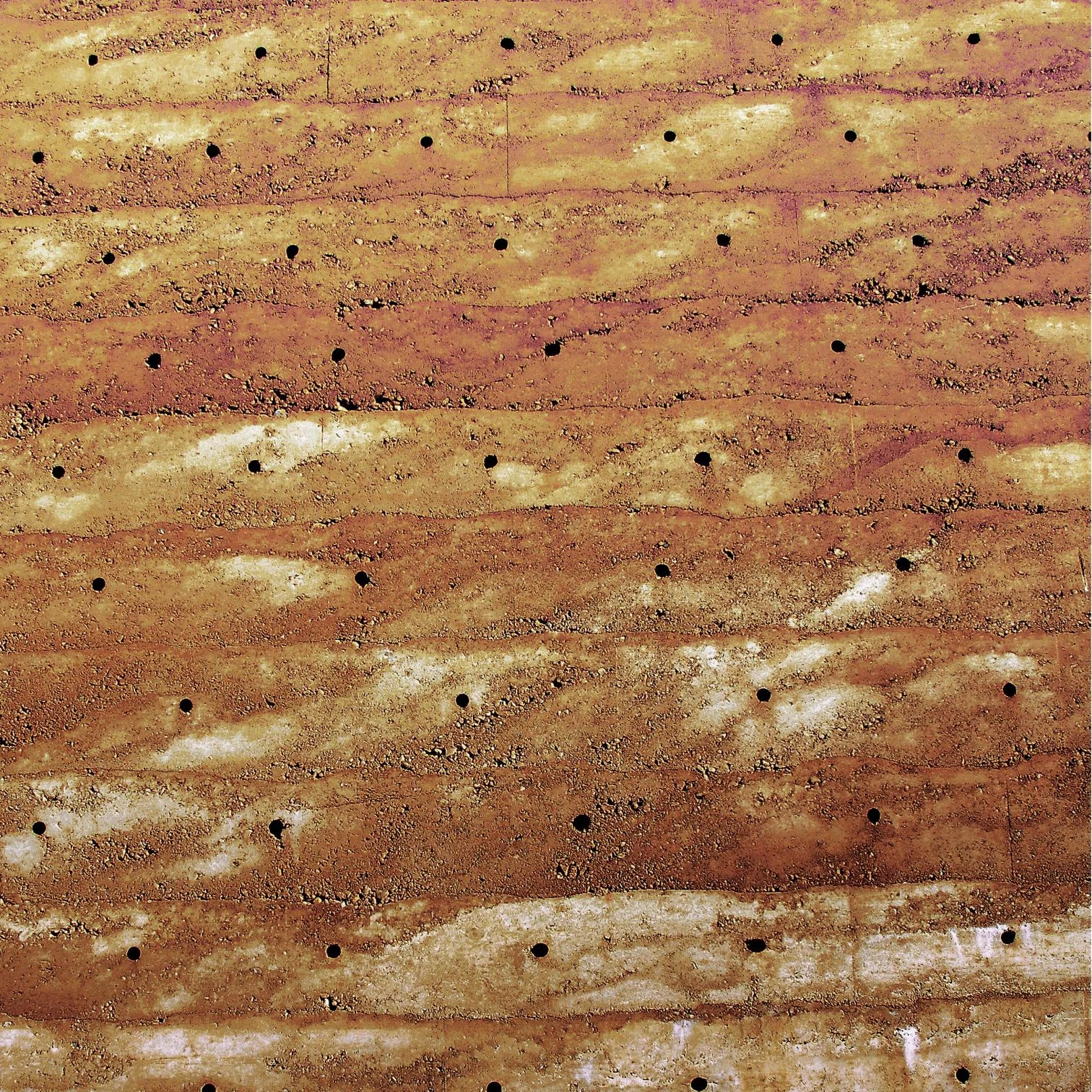
Does concrete sustain itself? Playfully ambiguous, the title expresses at once uncertainty and desire. We do not know well if we can reconcile the current production of cement – clearly energy intensive, though in practical terms inexhaustible in its raw material – with the elusive and equivocal concept of sustainability, so our title makes a pun with the loadbearing capacity of concrete. Concrete sustains and sustains itself, and its sturdy strength allows us to blur the complex matter of its environmental impact, that cement companies try to address with ambitious research programs and a special emphasis on innovation. But the term ‘sustainability’, a must in the vocabulary of political correctness, harbors so many fictions that perhaps we should always use inverted commas when referring to it, even if only to establish a skeptical pause between its promises and its achievements.
After all, building implies some kind of violence on the territory, and its processes have a component of thermodynamic irreversibility that urges caution when using the endless lexical array associated to well-meaning sustainability.?The fact that entropy inevitably tends to increase and that any use of energy entails its degradation could indeed bring a certain hopeless melancholy, and a tame attitude of acceptance of this elegiac view of the world, prompting us to give up our present historical responsibilities and give in to the relentless Flow that drags us towards the thermal death of the universe. However, this thermodynamic pessimism should by no means keep us from striving to make a more economical and rational use of the always scarce energetic and material resources of the planet, with the aim of inhabiting it in a less brutal and predatory way.
Concrete, as many other contemporary materials, combines the long history of its use in construction with a recent complex itinerary of productive and technological sophistication, appearing at once as a very ancient and a very modern material: it is probably this double condition that captures our attention nowadays, being able to make compatible its ageless nature with the surprising novelties of today’s treatments, transparencies and textures. The raw and massive concrete that we usually relate to engineering and public works is currently a surprisingly delicate product, exquisitely attentive to the environment, and extremely seductive when used with sensitivity and intelligence. It sustains and sustains itself, both materially and aesthetically, and hopes to be reasonably sustainable, no matter how stubbornly the science of thermodynamics warn us all about the ultimate limits of our endeavor.





